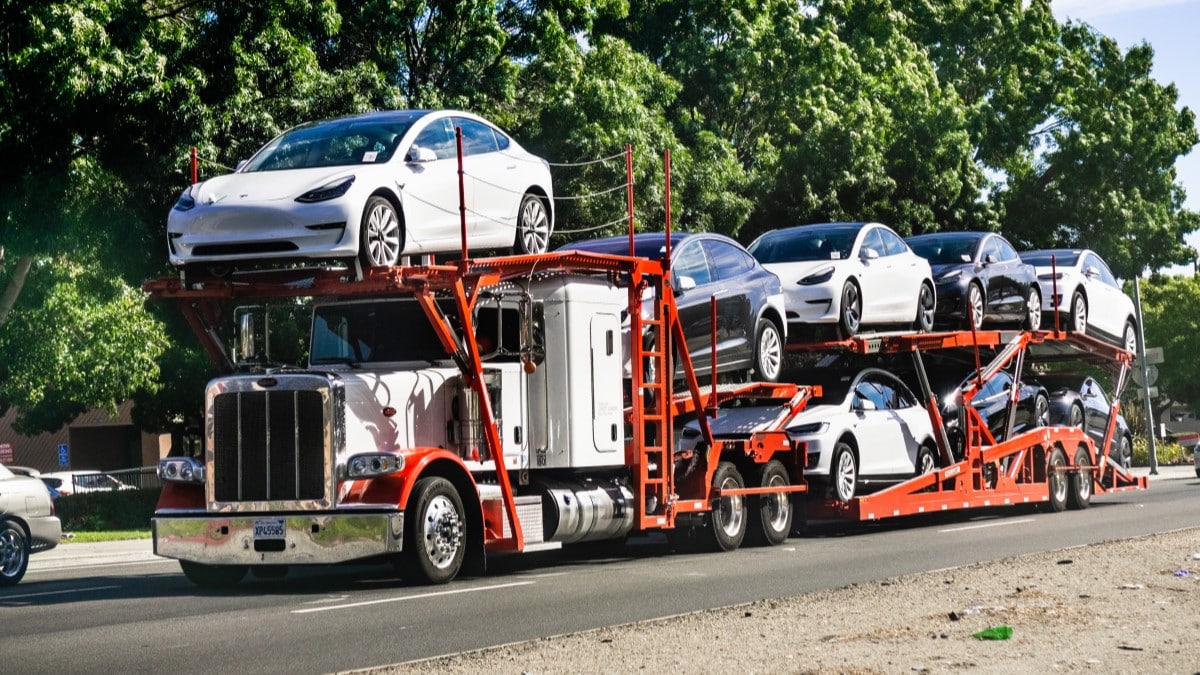
Americans have bought more than 100,000 electric vehicles (EVs) each of the last six months, according to Kelley Blue Book parent company, Cox Automotive.
EVs made up 9% of all new cars sold in September — a record — suggesting that 10% is within reach soon.
Used EV Sales Are Up 68%
EVs make up a small proportion of the used car market — about 1.7% — but the numbers are rising as more EVs reach used car lots. Americans bought 26,626 used EVs in September, a 68.3% increase from the previous September.
Most buyers are eligible for a $4,000 federal tax credit toward a used EV. Some states offer additional incentives.
Related: Electric Car Rebates And Incentives – What To Know By State
The average listing price of used EVs slightly increased month over month in September to $37,260, yet it remains down 8.4% compared to 2023.
The average used car cost $25,361 last month.
New EV Sales Are Growing Slowly Now
The pace of EV sales has fluctuated but has not stopped growing in recent years. In the first quarter of 2023, Americans bought 46.4% more EVs than they had a year ago. Last quarter, they bought just 11% more than the same quarter a year before.
That’s not unusual with new technologies. Often, sales surge at first as early adopters excitedly jump in, then slow as more skeptical shoppers have to be convinced.
Surveys show three reasons many car shoppers hesitate to buy EVs: range anxiety, worries about public charging infrastructure, and price.
Price is improving. The price difference between electric and traditional vehicles narrowed in September, indicating greater accessibility.
The average transaction price for a new EV in September was $56,328. That’s still higher than the $48,397 price of the average new car. But EV prices are falling faster than overall car prices.
Dealers discounted the price of the average new EV by 12%, compared to 7% for the average new car of any kind.
Charging infrastructure is slowly building, but a recent study found that public chargers could outnumber gas stations in the U.S. by 2032. Public charging is also becoming simpler, as most of the auto industry will converge on a single charging port next year so that nearly every new EV will work with nearly any charger.

